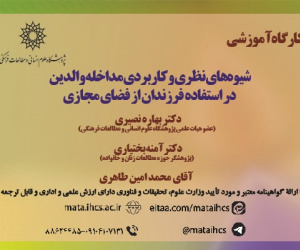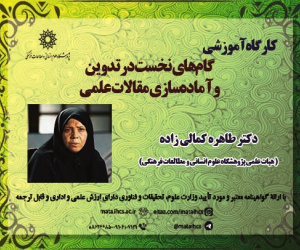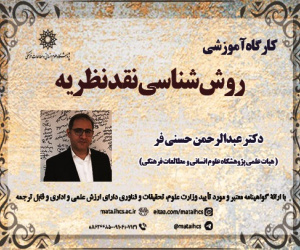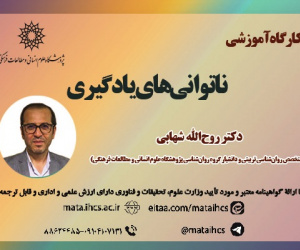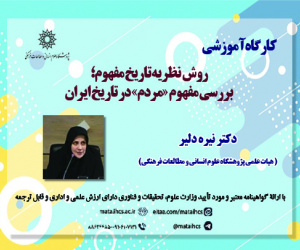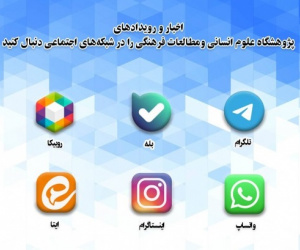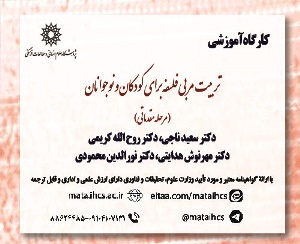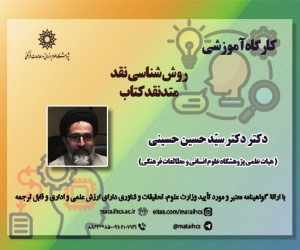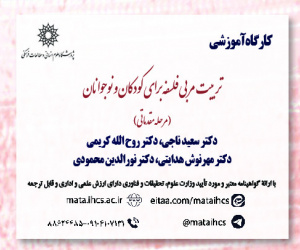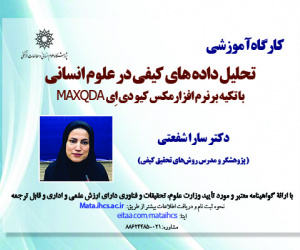ارائه الگوی خط مشی گذاری در حوزه ماموریتی بنیاد تعاون وزارت دفاع جمهوری اسلامی ایران (ودجا) مبتنی بر بیانیه گام دوم انقلاب اسلامی
آرشیو
چکیده
امروزه صنایع نظامی هر کشوری نه تنها در زمینه تأمین بنیه و زیرساخت دفاعی که در زمینه های سیاسی، رفاهی، اقتصادی و خصوصاً صنایع سنگین و فناوری های مرزی در بخش های غیردفاعی نیز کاربرد دارند. صنایع نظامی و دفاعی ایران نیز با داشتن انبوه امکانات، تخصص، دانش و حتی خلق نوآوری های دومنظوره می توانند به نیازهای پیچیده و در حال تغییر کلیه شهروندان اعم از نیروهای مسلح و سایر آحاد مردم پاسخ داده و شایستگی های دفاعی خود را در شرایط بحرانی با شایستگی های غیردفاعی تلفیق نماین.. هدف اصلی این تحقیق ارائه الگوی خط مشی گذاری بنیاد تعاون وزارت دفاع مبتنی بر بیانیه گام دوم انقلاب اسلامی در دوران بحرانی می باشد. روش تحقیق کمی و اس تراتژی آن پیمایش است. روش جمع آوری اطلاعات از طریق پرسشنامه محقق ساخته و برآمده از کار کیفی می باشد. روش تحلیل با استفاده از معادلات ساختاری و نرم افزار آموس انجام پذیرفت. نتایج نشان داد که بازیگران سازمانی و فراسازمانی بر فرآیند خط مشی گذاری تاثیر مثبت دارد. در مجموع الگوی خطمشی گذاری بنیاد نشان می دهد که بازیگران متعددی در سازمان و فراسازمان وجود دارند که می توانند بر خط مشی گذاری تاثیر مثبت بگذارند.Presentation of the policy model in the mission area of the Ministry of Defense Cooperation Foundation of the Islamic Republic of Iran (WEDJA) based on the statement of the second step of the Islamic Revolution
the strategic planning process and its product, as a codified plan in any field, is a platform for growth, regulates activities and even regulates rules and relationships. is in Isfahan Sugar Company. The research method is exploratory in terms of results and practical benefit, and qualitative and quantitative in terms of the type of data, and the time horizon of the research is a cross-sectional type of research. The statistical population of the research includes all managers (34 people) and senior experts (12 people) of Isfahan Sugar Company. Targeted non-random sampling method, 20 people were selected as a sample. The research tool is a researcher-made questionnaire to identify internal strengths and weaknesses and external opportunities and threats. The validity of questionnaires is the content that was confirmed by experts. The data was analyzed by Excel software. The findings of the research showed that the company is weak in the field of internal factors and is facing threats in the field of external factors. Also, the position of the company in the evaluation matrix of internal and external factors was determined in house number 5. Therefore, a stable maintenance strategy was recommended for the company. Finally, based on the attractiveness score in the QSPM matrix, each of the strategies was prioritized as follows: 1- Development of regional and extra-regional sugar beet cultivation, 2- Penetration in the market. and 3- development of management systems,
